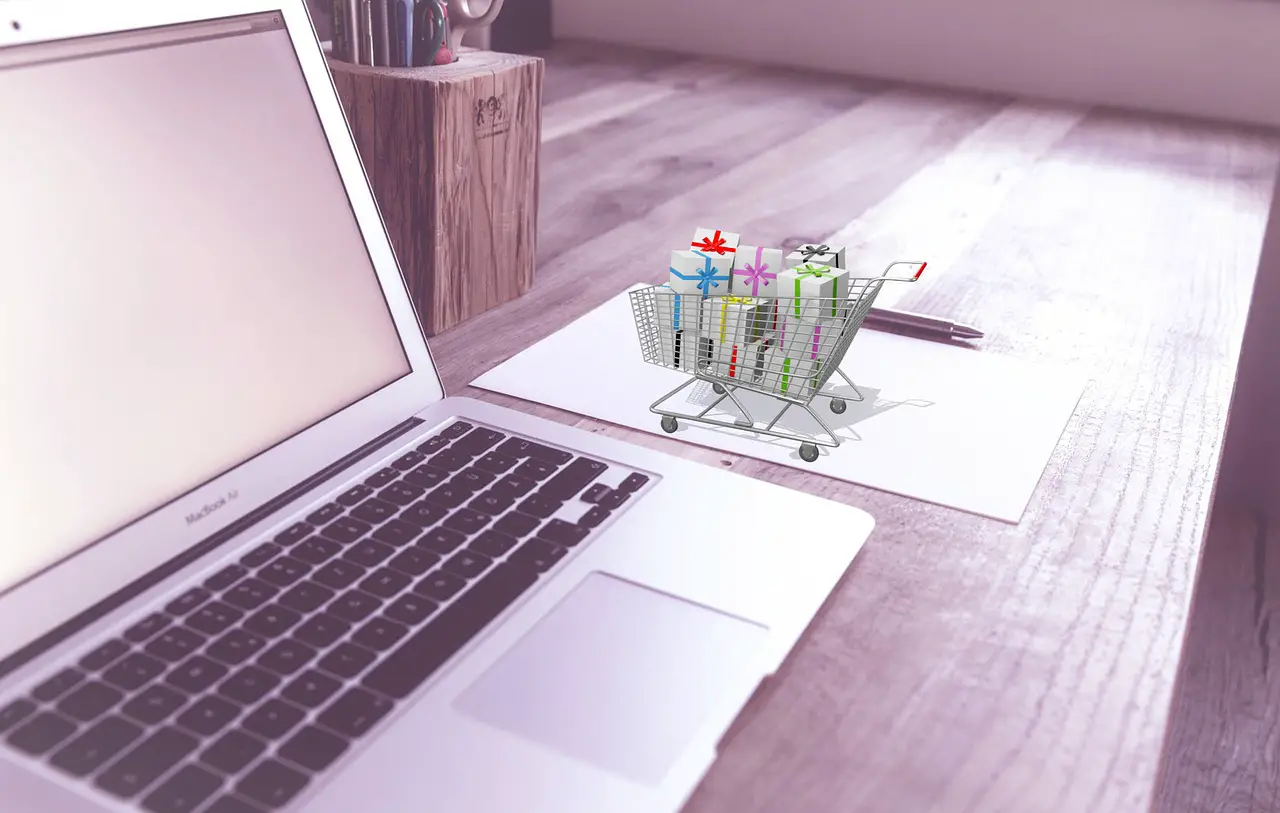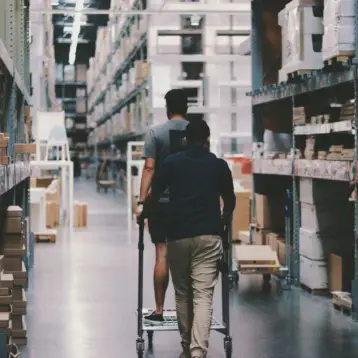Toys R Us, Sears, Sports Authority, Claire’s… these once thriving retailers all have one thing in common – they’re no longer around. Amidst the explosion of e-commerce, many retailers took a major hit in sales, often to the point of bankruptcy.

Image by mohamed Hassan from Pixabay
It seems as if e-commerce has grown into a serious threat to the brick-and-mortar retail industry, despite only accounting for 10% of total retail sales. The advantages of online shopping are clear. It’s more convenient, customers have more choices and often experience better relationships with the company they’re shopping at.
But this is no time for physical retailers to panic. At least, not if they adopt the technology that can give them the upper hand against their online competitors, even if it means bringing their storefronts to the digital space in the process. In fact, it’s predicted that in just over two years from now, 83% of all goods will still be bought in-store.
So, what are the technologies that will drive the customer experience to new heights and help today’s retailers thrive?
A Shift in Reality
Great products drive sales, but the experience is just as, if not more important – especially in the case of physical retail shopping. At the annual NRF conference in 2018, tech company Spacee showcased an end-cap for Nest home security products that can transform any surface into an interactive display.
In the fashion world, SenseMi is offering retailers an interactive smart mirror that allows customers to try on clothes without having to go to a fitting room. A similar concept is being used by beauty retailers thanks to ModiFace, which allows customers to try on makeup using in-store augmented reality mirrors.
Dynamic Pricing
Just like in e-commerce, retailers are starting to adjust the pricing of their products on-the-go. There are many advantages to doing this, from automatically lowering prices of food that’s about to expire, to providing tailored discounts to customers who frequently buy the same items. It’s a win-win situation for both parties.
Less Staff, More Tech
Amazon Go made headlines in the retail industry by building a store that can virtually run without the presence of any employees. Using artificial intelligence, cameras placed around the store can pick up everything a customer adds to their shopping basket and bill them through their Amazon account, eliminating the need for checkouts.
Concepts like this have the potential to not only make retail shopping significantly more convenient for customers but also greatly offset some of a physical retailer’s biggest expenses. Major companies like IBM, Intel and Mastercard are pushing similar technologies, showing that employee-less stores may very likely become the future.
Back at the Warehouse
Major innovations in retail technology aren’t only happening along customer aisles and checkout tills. In retail warehouses, companies are using an inventory scanner app to streamline the shipping and receiving of goods, manage inventories and find products using augmented reality.
Conclusion
The future for brick-and-mortar retailers is far from bleak. The immense potential that modern technology has for improving the customer experience and decreasing operations costs for retailers means that adopting it will go a long way in keeping them on the map.










